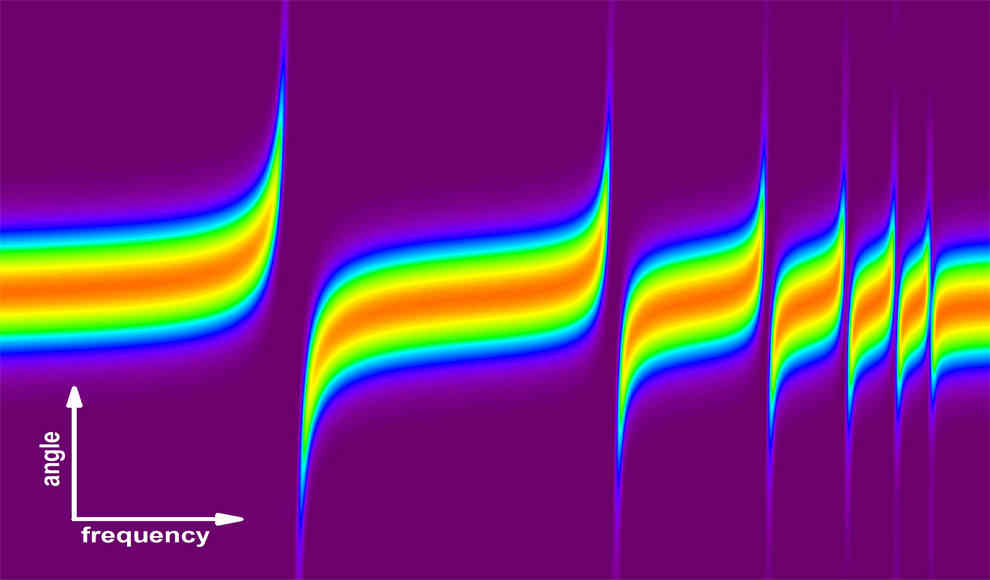In a breakthrough discovery, a team of researchers from the Max-Born-Institute in Berlin has developed a lens that can manipulate extreme ultraviolet (XUV) light. Until now, it has been nearly impossible to develop a lens for XUV light due to the fact that many materials absorb this type of light. However, the researchers were able to use a beam of helium atoms to manipulate the XUV light, causing a refraction effect similar to that of a refractive lens. Depending on the density of the gas, the XUV light can be either focused or scattered. This new method opens up the possibility of creating microscopes that can work with XUV light.
The implications of this development for science and the economy are still unknown, but the researchers involved in the project have expressed excitement about the “great possibilities” that this new technology could bring. While it is unclear how this discovery will impact technological advancements, some companies have already expressed interest in the new XUV lens. The researchers have not disclosed which companies are interested, so it remains to be seen when and where this new lens technology will be put to use.
Overall, this breakthrough discovery has the potential to revolutionize the field of microscopy and could lead to new scientific discoveries and advancements in technology. The development of a lens that can manipulate XUV light is a significant achievement that could have far-reaching implications for various industries.









